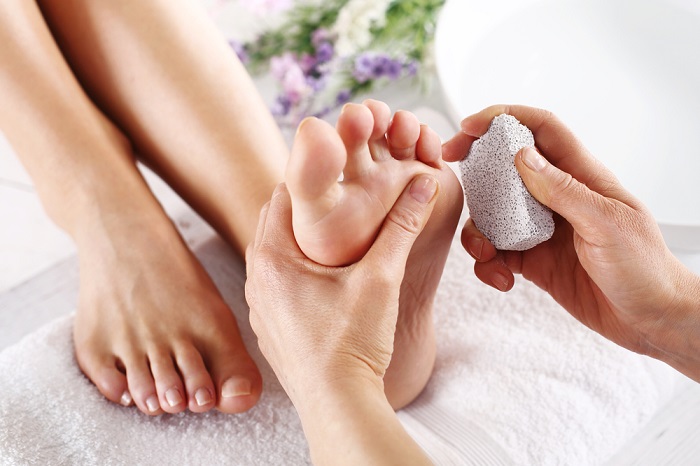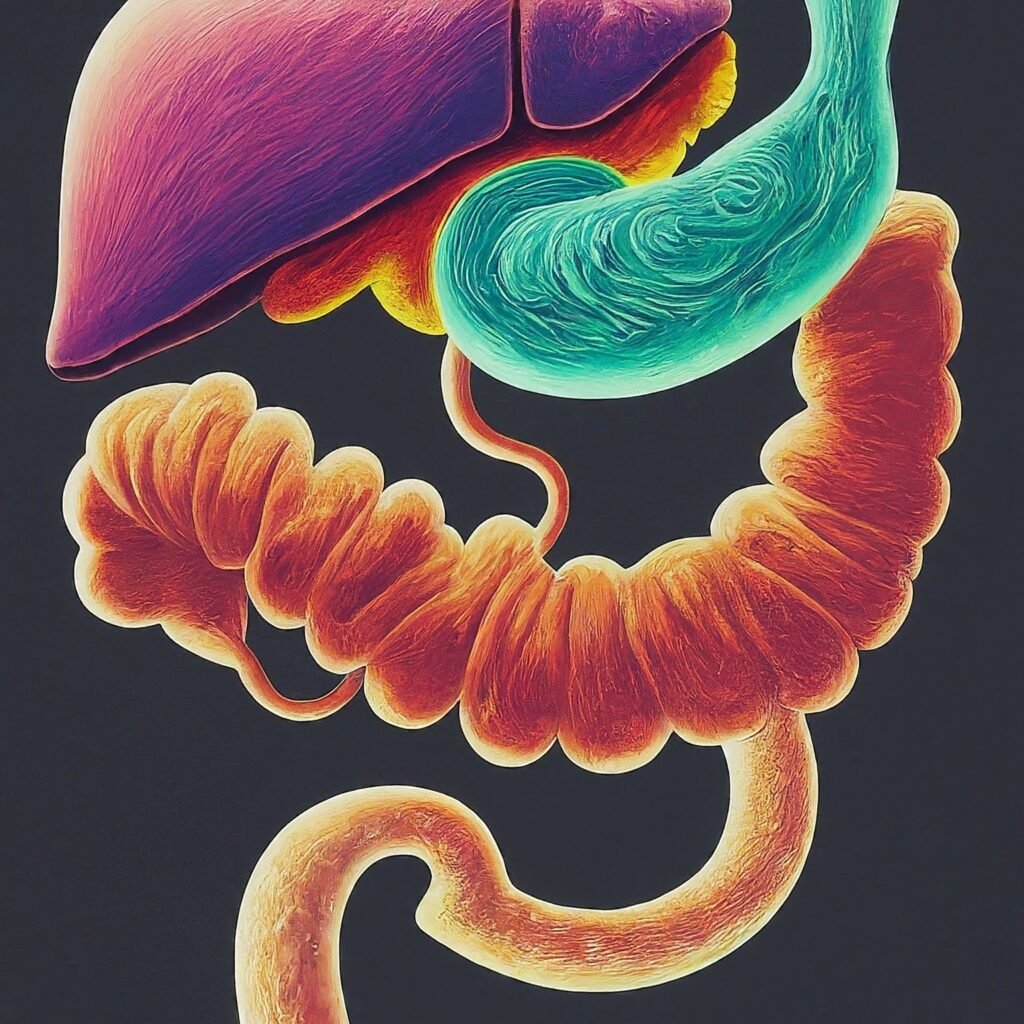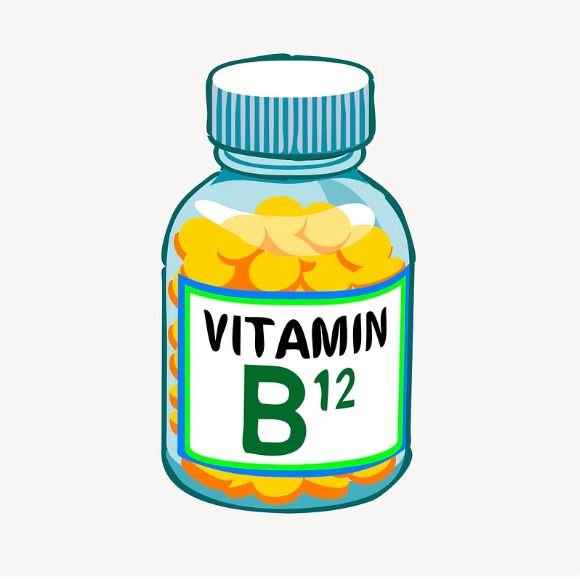Home remedies for corns

Hyperkeratosis, commonly known as corns, is a hardening and hypertrophy of the horny layer of the skin (last layer) in response to a stimulus of rubbing or excessive friction that ends up causing the appearance of corns.

Corns can be treated with home remedies very effectively, and represent one of the oldest solutions to treat the problem of calluses, especially on the feet. The answer to these home remedies will depend on the type of callus, and the way of application we choose. It is always advisable to avoid footwear that can re-generate these calluses and rough skin, choosing the best footwear that suits our feet is part of the treatment.
Table of Contents
Home remedies to treat calluses on the feet.
Below we leave at your disposal a list of tips and advice to treat corns, and a series of tips to prevent them, which is the most important of the stages of foot health.
Pumice.
There is a wide variety of home remedies to treat corns, one of the most traditional undoubtedly is the use of pumice stone, which is about gently scraping them with this stone, with a raw onion cut in half you can rub your feet one once you have passed the pumice stone, and at the end sprinkle a few drops of arnica tincture.
Crushed garlic clove.
This effective home remedy should simply be placed on the callus with a crushed garlic clove, you can also combine it with olive oil, which will further help soften the corns.
Another option is to make a paste with 2 cloves of garlic, add a little vinegar to the paste and then apply it directly on the corn. Put a cotton ball on it and fix it with duct tape. Leave on for two to three hours and then remove the tape and clean the area. Repeat the process daily for several weeks.
Calendula.
Apply calendula on the corns about 3 times a day, the use of an ointment based on calendula petals will help soften the corns and soften the skin tissue, it also acts as an anti-inflammatory.
Using castor oil.
Massaging corns with castor oil 2 or 3 times a day is a very effective solution to treat the problem of callus formations, especially in the areas of the sole of the skin and heels, this helps to soften the skin.
Chamomile.
Soaking your feet in an infusion of 4 tablespoons of chamomile per liter of water is very effective in loosening calluses. The properties of chamomile help to soften calluses and soften the skin, which can be very useful when it comes to remove calluses permanently.
Soak your feet.
At night it is advisable to soak your feet in lukewarm water and then introduce the contents of a vitamin E capsule. Apply to calloused and cracked heels by rubbing gently.
Sodium bicarbonate.
Baking soda is a natural exfoliating agent, which will help you get rid of calluses effectively. It also has antifungal and antibacterial properties that will help keep your skin infection-free.
Add two to three tablespoons of baking soda to a bowl of warm water. Soak your feet in this solution for 10-15 minutes. Then rub the affected area with a pumice stone to remove dead skin.
Another option is to mix a teaspoon of baking soda, some lemon juice, and water to make a paste. Apply carefully, only to the area affected with calluses. Cover with a bandage and leave to act overnight. The next morning, rinse off the paste with lukewarm water and then gently exfoliate with a pumice stone.
You can use any of these remedies once a day until the calluses are gone.
Turpentine oil.
Turpentine oil is a strong antiseptic that can help treat calluses. The oil penetrates the skin quickly, so the healing time can be faster.
Wrap the ice in a thin cloth and massage the affected area with it for two minutes. Pat the area dry and rub some turpentine oil on the corn. Then a bandage is placed over it and it is left to act overnight. Do this every day before going to bed.
Another solution: Mix one tablespoon of turpentine oil and two tablespoons of camphor oil. Let the mixture cool. Next, soak your feet in warm water for a few minutes, pat your feet dry and then apply this homemade cream on the corns. Store the rest in an airtight jar. Repeat two or three times a day.
Spinach leaves.
Wrap 40 g of previously washed spinach leaves and mash in a gauze bandage. Apply, as a poultice, to the affected area. Leave on for 20 minutes and then remove. Repeat this remedy for several days until you feel that the corn has softened.
Apple vinegar.
Crush a handful of simpreviva leaves and when you get a paste, add 1 teaspoon of apple cider vinegar. Mix and place the preparation on the callused and dry area of the skin. Let dry and gently pass a pumice stone.
Vitamin E.
Extract the content of a vitamin E capsule, mix with a little ground garlic and soak a cotton ball. Place this on the callus that appears between the toes. Then put-on cotton socks and leave on overnight.
Helpful tips to prevent corns.
Importance of the prevention of callus formation.
- Wear comfortable shoes.
- Avoid shoes with high heels and very fine toes.
- Use smooth socks, with fine seams and without roughness.
- Massage your feet every night before going to bed.
- Two or three times a week, soak your feet in hot salted water, to soften the areas where it is getting thicker and that will give rise to corns. Then use a pumice stone to remove excess skin, especially on the soles of your feet and heels.
- Applying moisturizer to feet Since feet have few oil glands, the skin can become very dry. For this reason, it is recommended that, after washing them, they should be hydrated well with a body cream or with a lotion (if they contain ingredients such as peppermint oil, much better) for feet. This action also contributes to preventing the formation of calluses and thickening on the feet.
- Seek professional help to treat calluses if you are diabetic or have sensory perception problems. In the case of diabetics, as they do not have good circulation, foot wounds do not heal quickly and may not resist infection.
Note: The information on this site is provided for informational purposes. This is not intended to be a substitute for professional advice of any kind and we recommend consulting your appropriate specialist with any health concerns or questions you may have.


